Common Honeysuckle (Lonicera periclymenum), also known as European Honeysuckle or Woodbine, is a perennial flowering shrub belonging to the Caprifoliaceae family. Native to regions spanning the UK, northern Europe, Scandinavia, North Africa, and Greece, this plant thrives in a variety of landscapes.
Renowned for its enchanting blooms, the European Honeysuckle starts with white flowers that gradually turn yellow as they mature. These highly fragrant blossoms are most aromatic at night, drawing moths and bees as natural pollinators. This resilient shrub is a versatile addition to any garden, combining beauty with ecological benefits.
| Common name | Common Honeysuckle, European Honeysuckle, Woodbine |
| Botanical name | Lonicera periclymenum |
| Family | Caprifoliaceae |
| Species | periclymenum |
| Origin | UK, Europe north to Scandinavia, south to N Africa and Greece |
| Life cycle | Perennial |
| Plant type | Shrub |
| Hardiness zone | 5, 6, 7, 8, 9 |
| Sunlight | Dappled Sunlight |
| Maintenance | Low |
| Soil condition | Clay |
| Soil ph | Acid |
| Drainage | Well-Drained |
| Growth rate | Fast |
| Spacing | 3 ft. – 6 ft. |
| Harvest time | Fall |
| Flowering period | Spring |
| Height | 1- 20 ft. |
| Flower color | Cream, Tan |
| Leaf color | Green |
| Fruit color | Burgundy, Red |
| Stem color | Brown, Copper |
| Fruit type | Berry |
| Flower benefit | Fragrant |
| Garden style | Butterfly Garden |
| Uses | Recreational Play Area |
I. Appearance and Characteristics
Lonicera periclymenum, common names honeysuckle, common honeysuckle, European honeysuckle, or woodbine, is a species of flowering plant in the family Caprifoliaceae native to much of Europe, North Africa, Turkey and the Caucasus. It is found as far north as southern Norway, Sweden and Finland.
Growing to 7 m (23 ft) or more in height, it is a vigorous deciduous twining climber, occasionally keeping its old leaves over winter. In the UK it is one of two native honeysuckles, the other being Lonicera xylosteum. It is often found in woodland or in hedgerows or scrubland.
The tubular, two-lipped flowers, creamy white or yellowish in colour, may be flushed with pink or red on the outside and in bud, and are carried in showy clusters at the ends of the shoots. The flowers are highly scented by night, much less so by day.
European honeysuckle has berries that are bright red and inundated with the plant’s sweet scent, but taste terrible and, even more than the rest of the plant, will cause serious digestive problems if enough is eaten. The whole plant is full of bitter-tasting saponins, especially the berries. Eating enough of the berries will cause the typical human reaction to saponins: nausea, stomach pains, vomiting, and diarrhea. Normally only supportive care is needed, but if the victim has severe symptoms or is a small child, call your doctor or poison control center.
This berry is a particular danger to small children because it smells very sweet and its berries are brightly colored. If you have small children and grow European honeysuckle in your yard, fence it off so they can’t get at it, or eradicate it.
The plant is usually pollinated by moths or long-tongued bees and develops bright red berries. Dormice make summer nests for their young from honeysuckle bark; they also eat the flowers, which are a good source of energy-rich nectar. Night-flying moths such as the hummingbird hawk-moth can detect the scent of honeysuckle flowers up to a quarter of a mile away. The clusters of red berries are eaten in the autumn by birds such as thrushes, bullfinches and warblers.
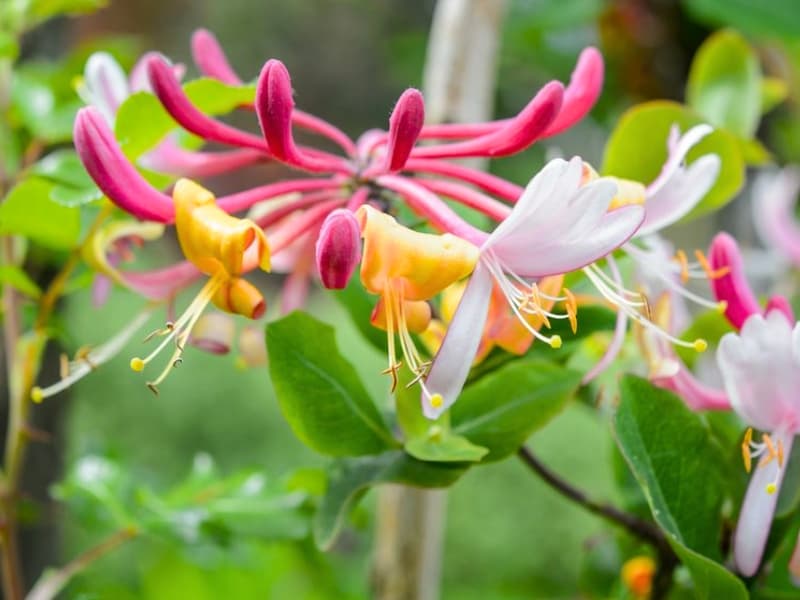
II. How to Grow and Care
Sunlight
European honeysuckle likes sufficient sunlight, so plant them where they can receive long lengths of light exposure time. This way they will thrive, growing denser branches and leaves and blooming in brighter colors. If they are planted in shady areas, the branches and leaves of european honeysuckle will be more sparse and have fewer flowers and fruits. However, note that when the temperature is high and the sunlight is strong in the summer, these plants need shades to prevent too much sun exposure.
Temperature
European honeysuckle grows in temperate and subtropical zones. The plants enjoy warm weather and are suited to grow in an environment with a temperature of 10 to 30 ℃. When the temperature is close to 10 ℃, some of their leaves turn yellow. When the temperature is lower than 5 ℃, almost all of the leaves will wither and fall. When the temperature is higher than 35 ℃, the plant’s speed of growth slows. When European honeysuckle has just been planted, it requires regular watering. However, once established it does not require much water. It is a type of hedge that requires relatively less water.
Watering
Thriving in its native habitat’s moderate humidity, European honeysuckle exhibits a preference for consistent moisture without being waterlogged. It is moderately drought-tolerant, necessitating watering once every 1-2 weeks to maintain hydration. As an outdoor plant often found climbing and flowering profusely in temperate zones, european honeysuckle benefits significantly from rainwater, which mimics the natural watering cycle and promotes a healthy growth season.
Soil
European honeysuckle has strong adaptability and no special soil requirements. The plants can be grown in clay or sandy soil. They like rich, moist, well-drained, and sandy loam the most, and are adaptable to soil with a pH of 6-8, which is slightly acidic, slightly alkalic, or even saline soil.
Fertilizing
For robust growth and blooms, european honeysuckle benefits from a balanced fertilizer, like a 10-10-10 NPK mix, applied once at the onset of the growing season in spring. Moderate quantities suffice, following package instructions to prevent over-fertilization, which can harm the plant. During active growth, monthly feeding supports flowering. Adjust the regimen to a lighter feed or pause in winter when growth slows. Always water european honeysuckle deeply after fertilizing to distribute nutrients and protect roots. Understanding european honeysuckle’s nutritional needs through its life cycles ensures a display of fragrant blooms and healthy foliage.
Planting Instructions
Pruning
Pruning should usually be done in fall after the leaves of european honeysuckle drop, before germination. Fertilizing and pruning after blooming can encourage european honeysuckle to bloom again. Stronger branches need light pruning while weaker branches need hard pruning. Dry or old branches need to be completely pruned because pruning older branches can help younger branches develop. Pruning the branches in the middle can promote air circulation in the center of the plant while also letting lower branches receive more sunlight.
After pruning, the plant’s branches will bloom at similar times, so you can harvest more flowering branches at a time. It is recommended to just lightly prune newly planted european honeysuckle as long as its shape is controlled.
Propagation
European honeysuckle can be propagated during spring and summer using softwood cuttings or layering. Propagation difficulty is low, and successful propagation can be recognized by the appearance of healthy new growth. To maximize success, it is recommended to apply rooting hormone and keep the soil moist.
Transplanting
The optimal time to transplant European honeysuckle is between early and late spring when new growth begins. Choose a partially shaded location with well-draining soil. If necessary, enrich the soil with compost before transplanting for improved results.
Repotting
Repot european honeysuckle, a climbing shrub, every 2-3 years in spring to accommodate growth. Use a medium-sized, deep pot for its extensive root system. Post-repotting, ensure European honeysuckle has support for climbing, and maintain moist soil without waterlogging. Seasonal pruning aids health and manages size. Keep these care points for a thriving vine.
III. Uses and Benefits
European honeysuckle is a popular perennial vine prized for its profusion of fragrant flowers that attract bees and other pollinators. It is used to decorate fences, trellises, and arbors. European honeysuckle is an essential plant in flower gardens. Plant it with hibiscus, coneflowers, lantana, and lilies for added color and texture.

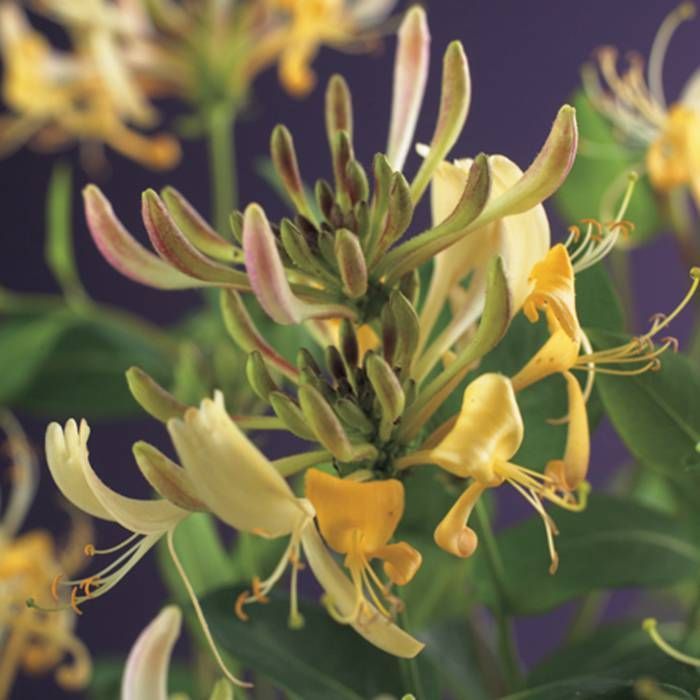
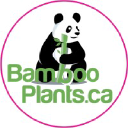
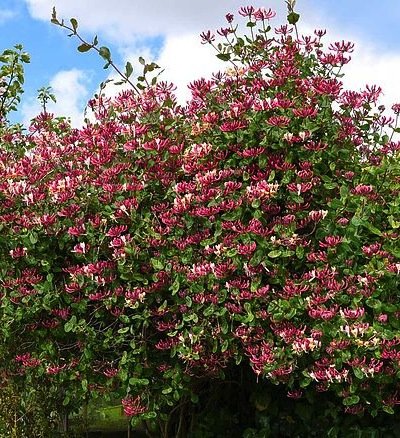


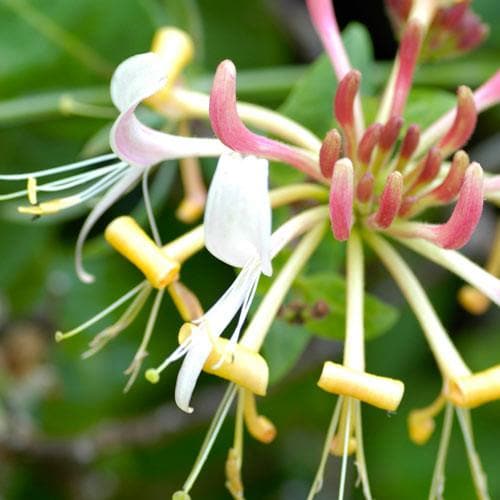
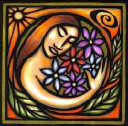

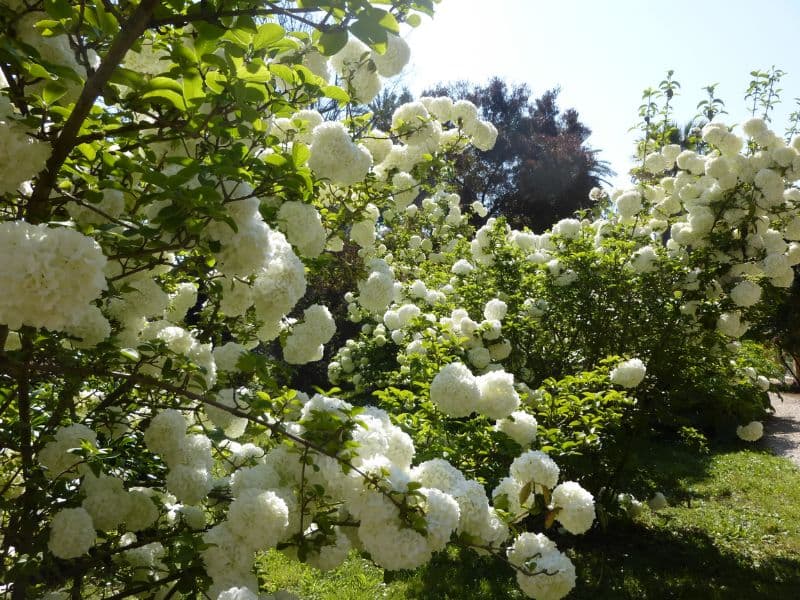
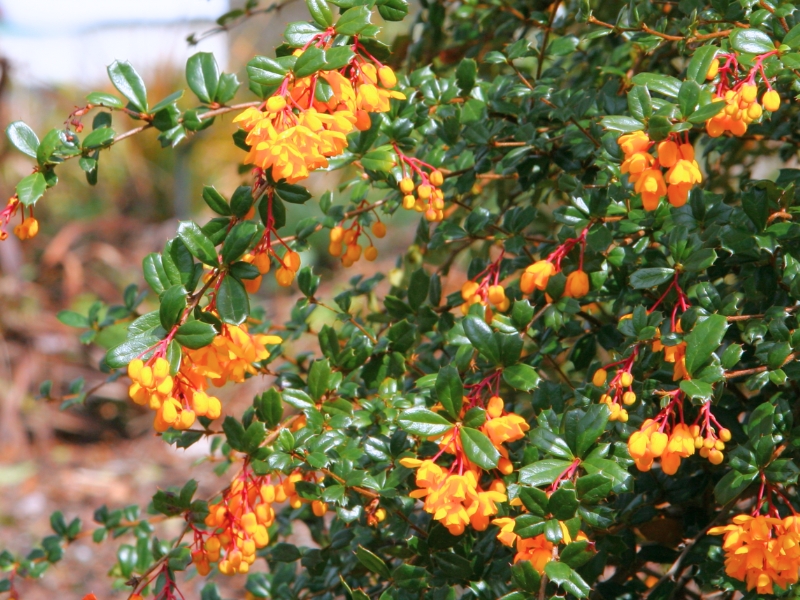
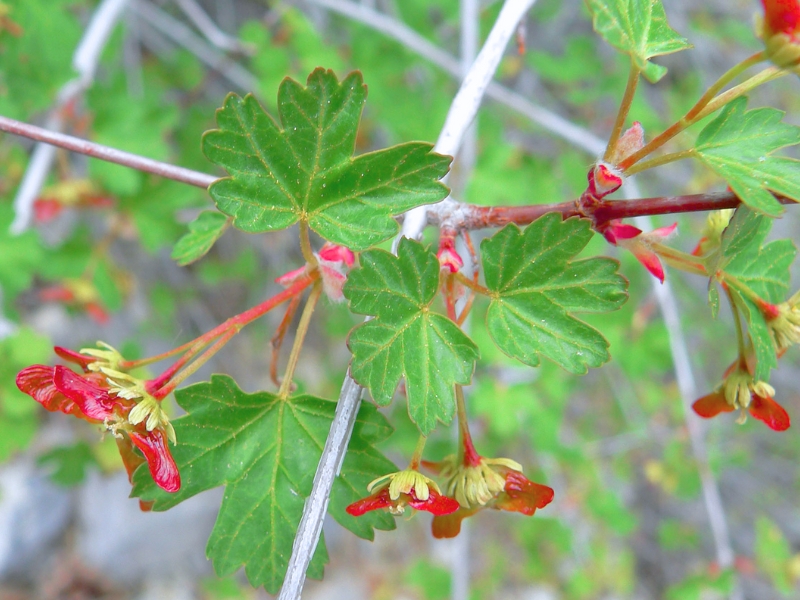
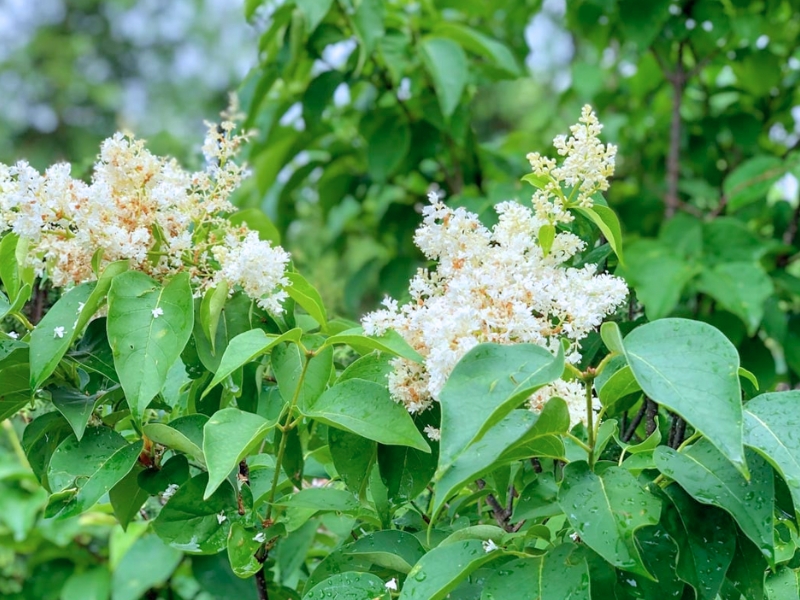
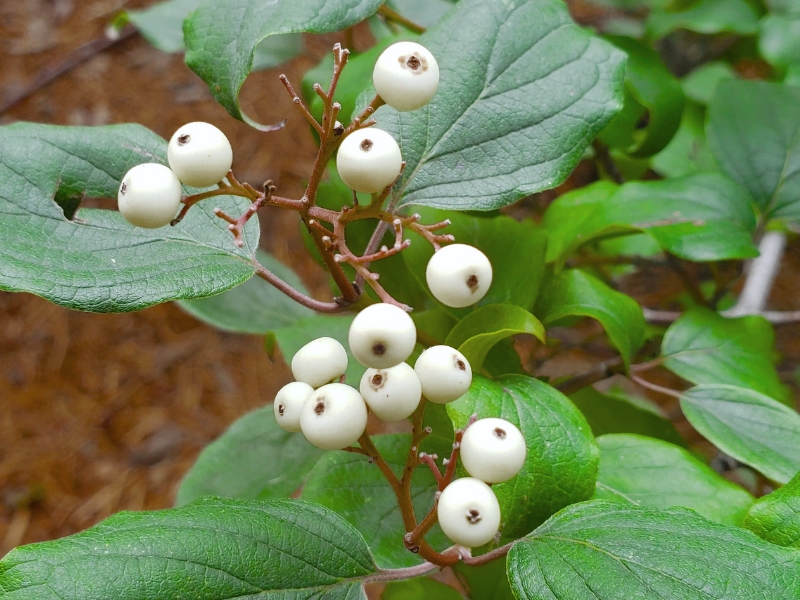
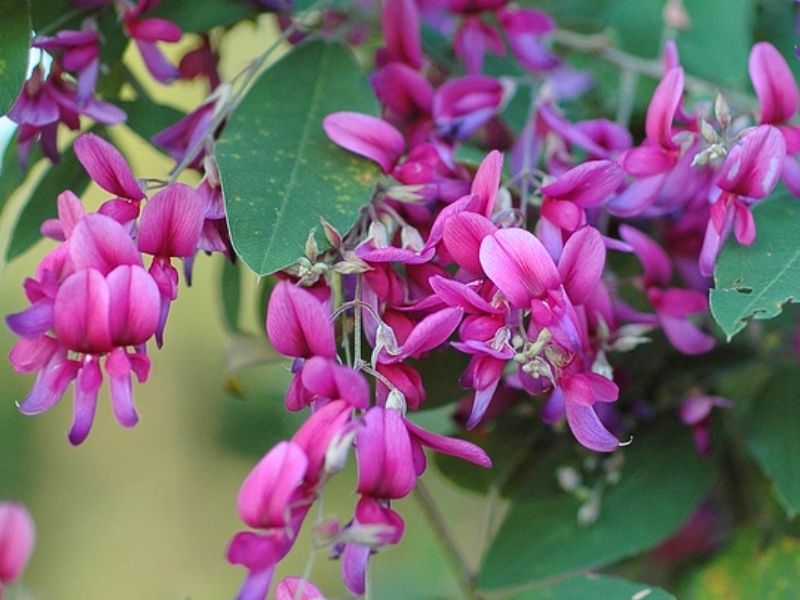
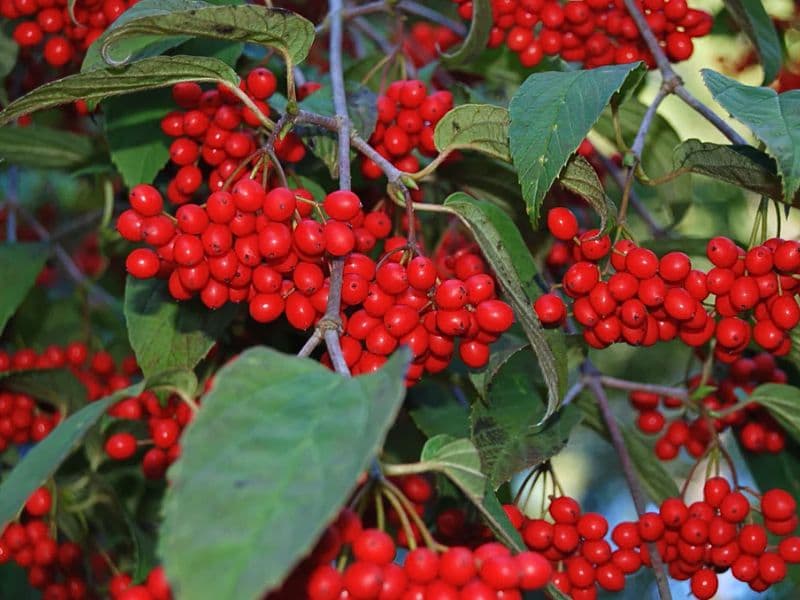
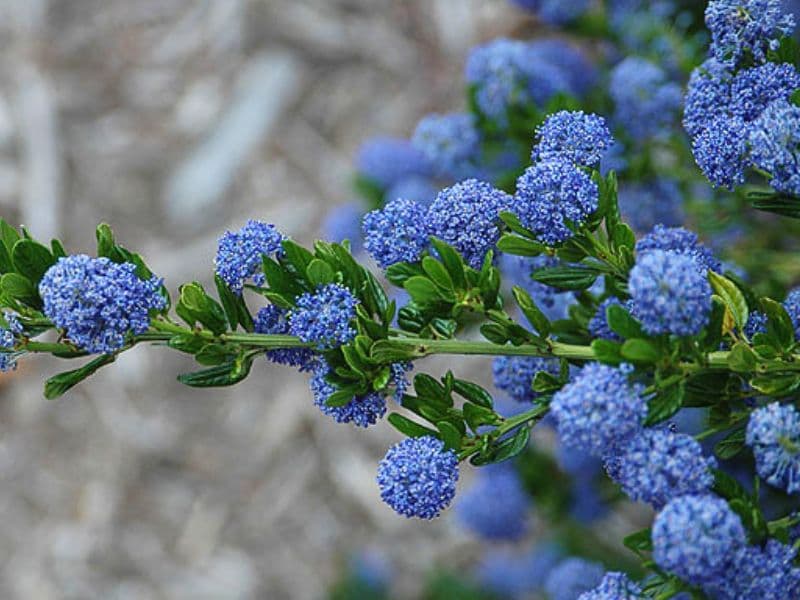
Leave a Reply